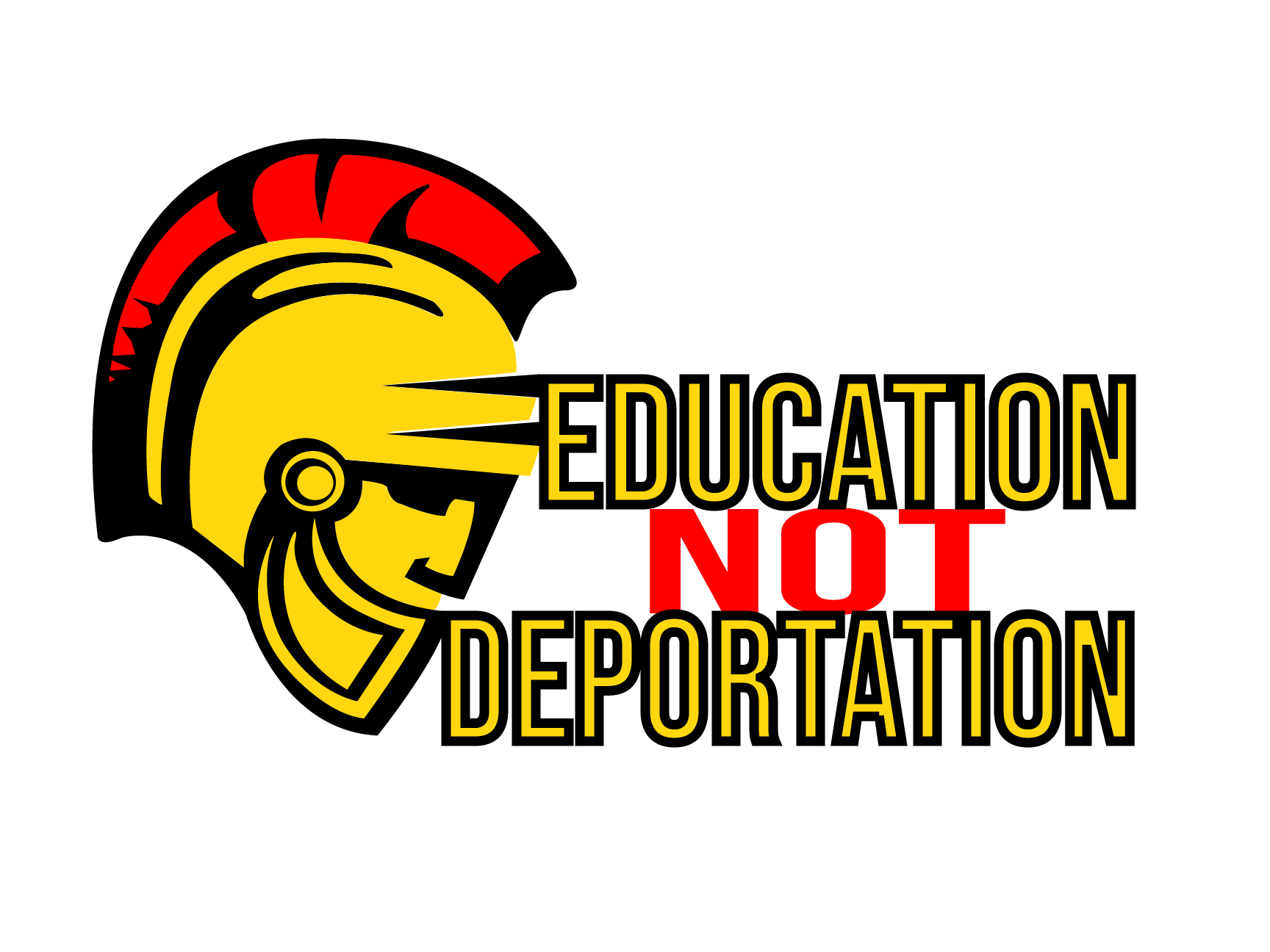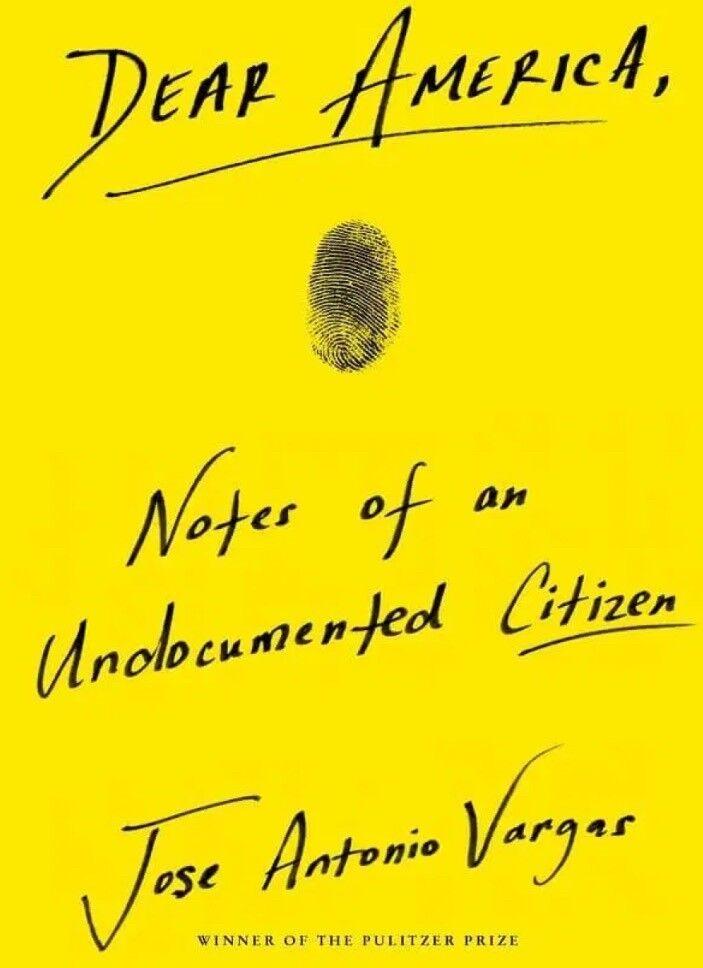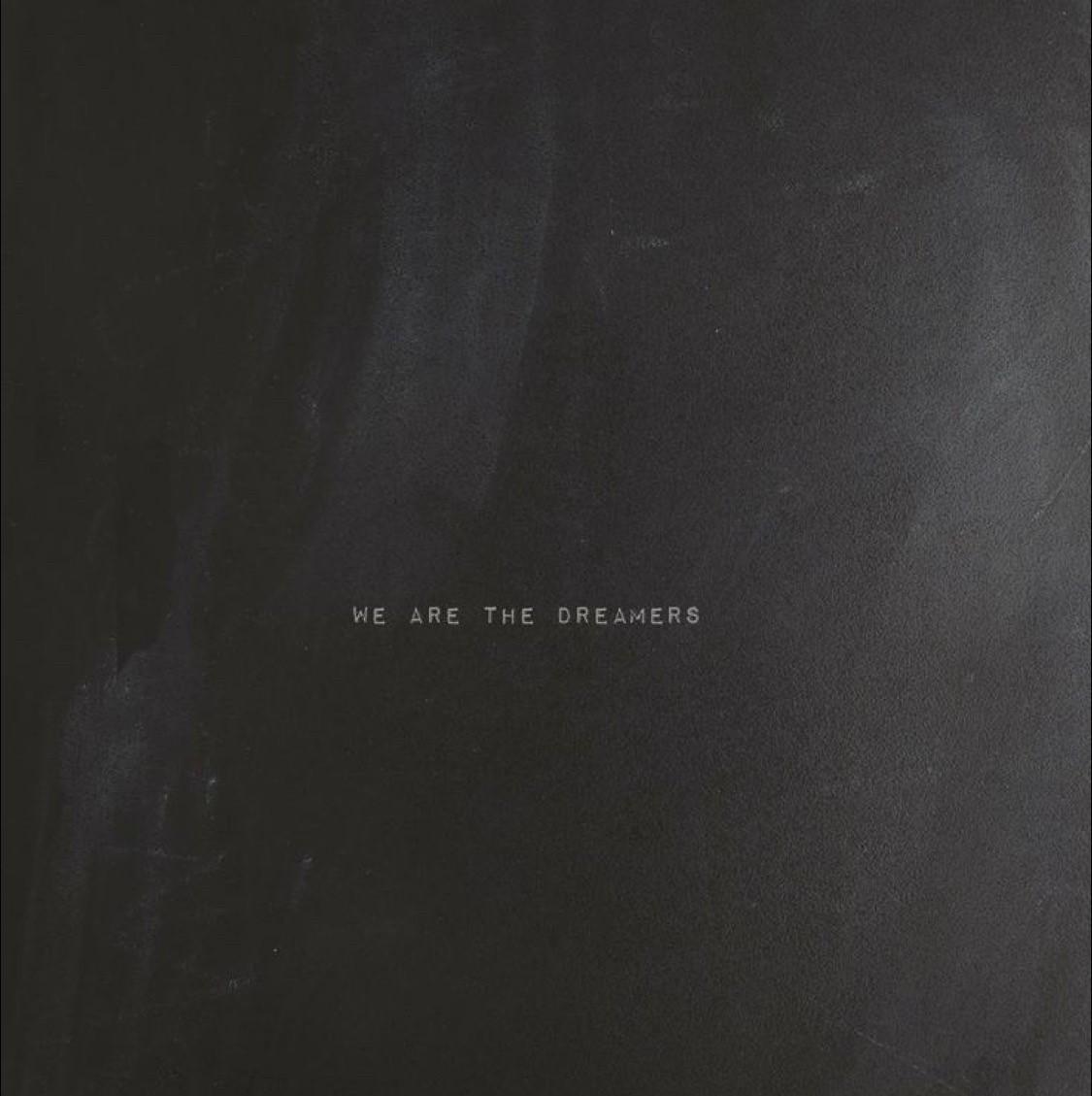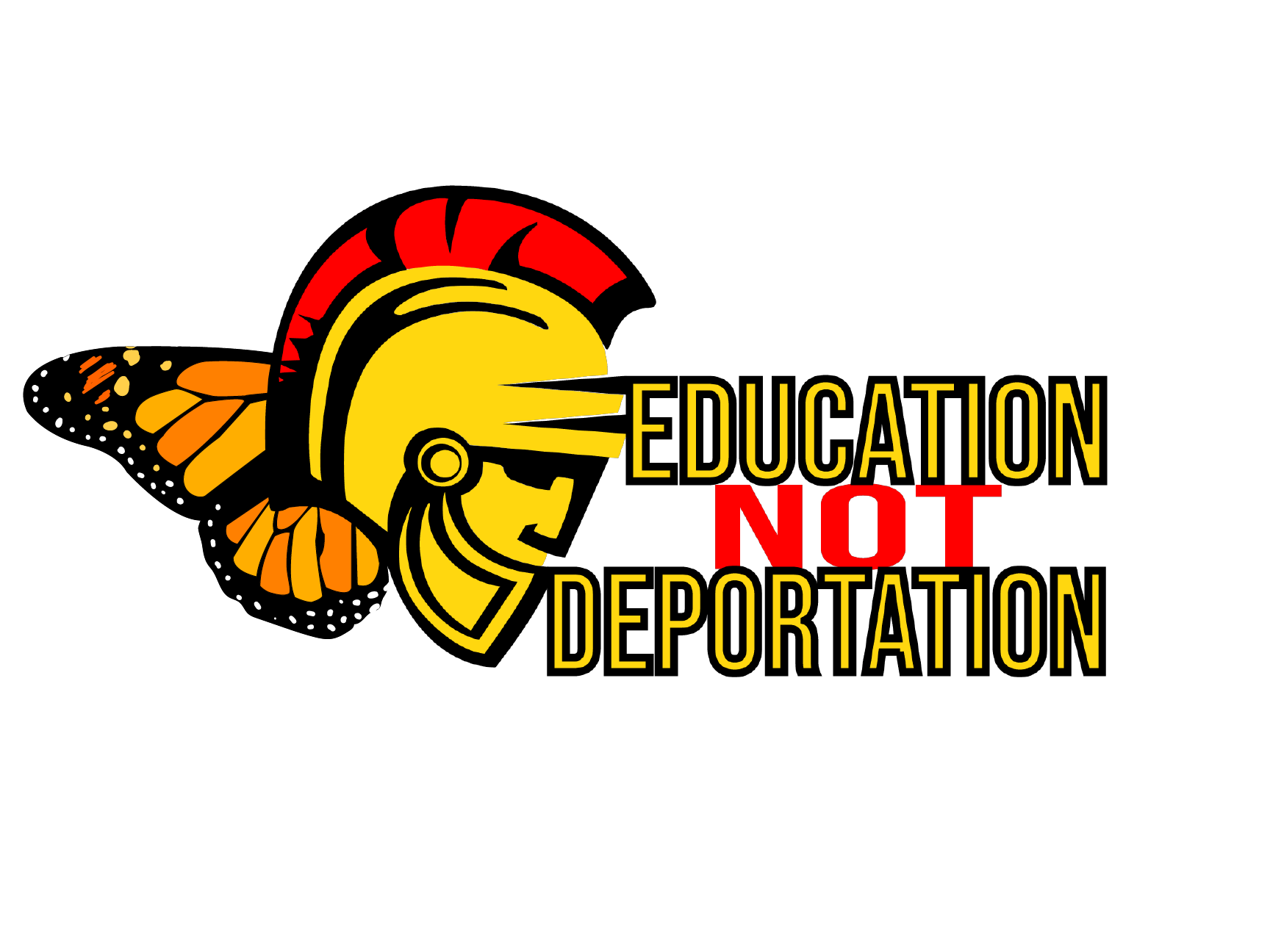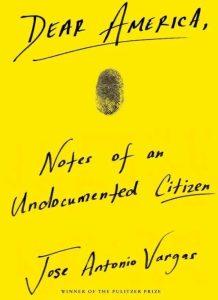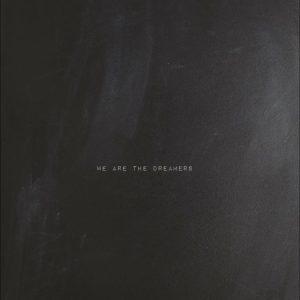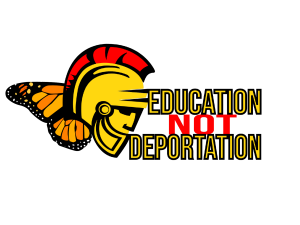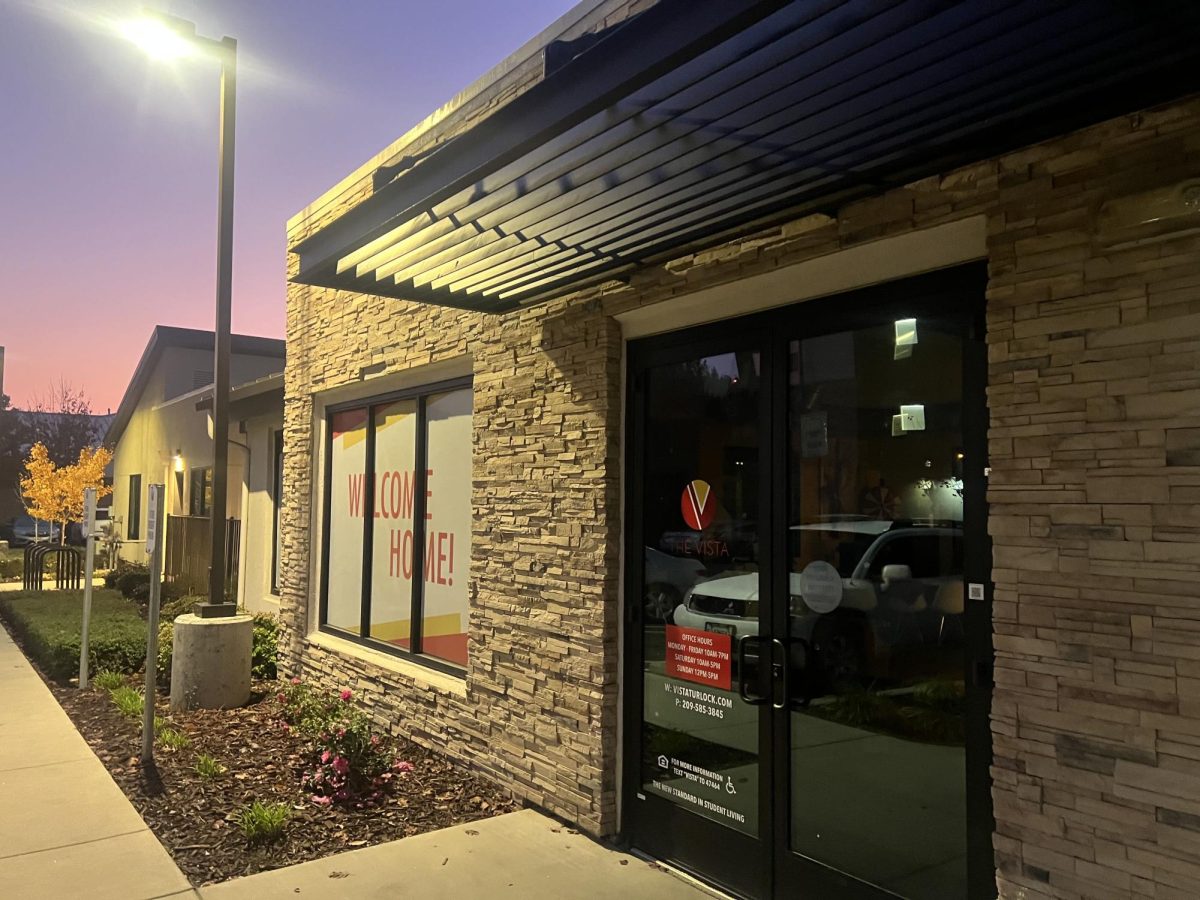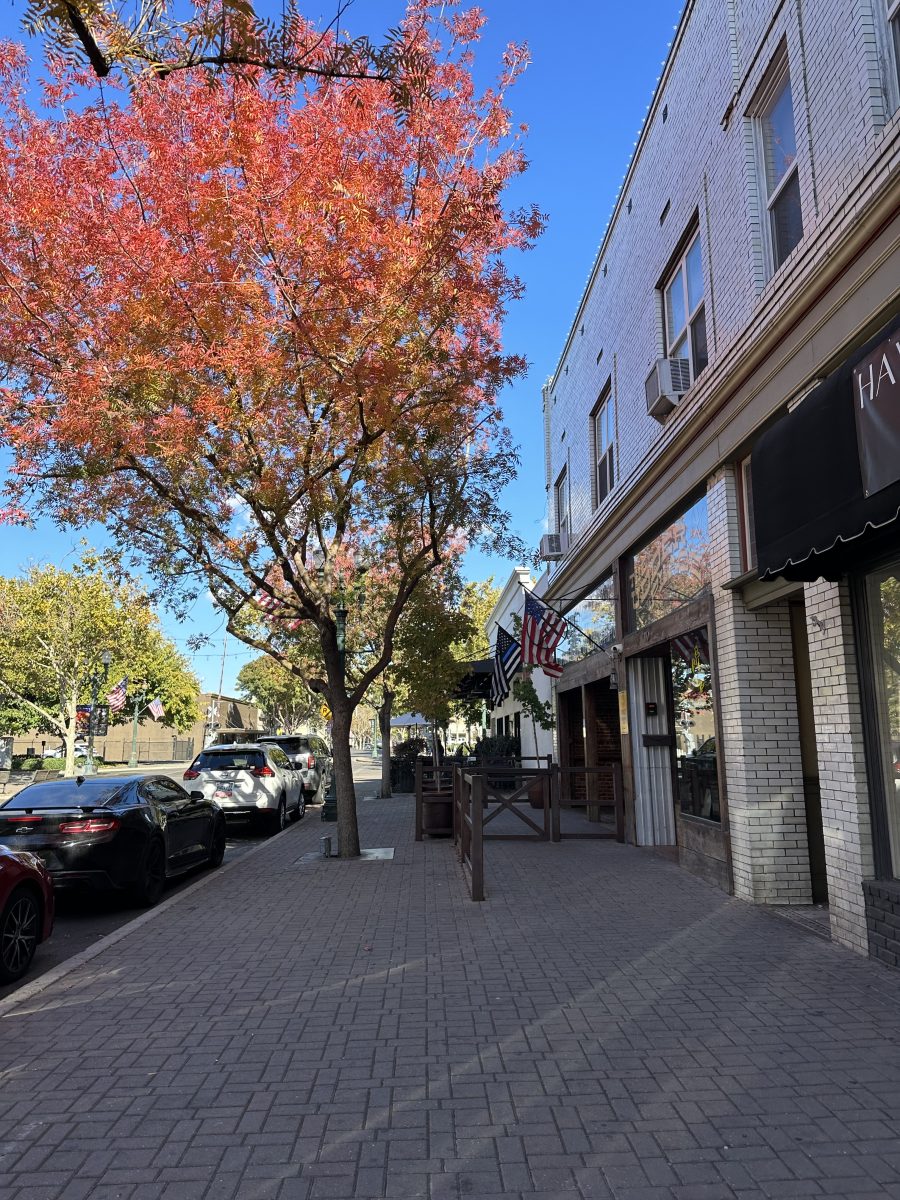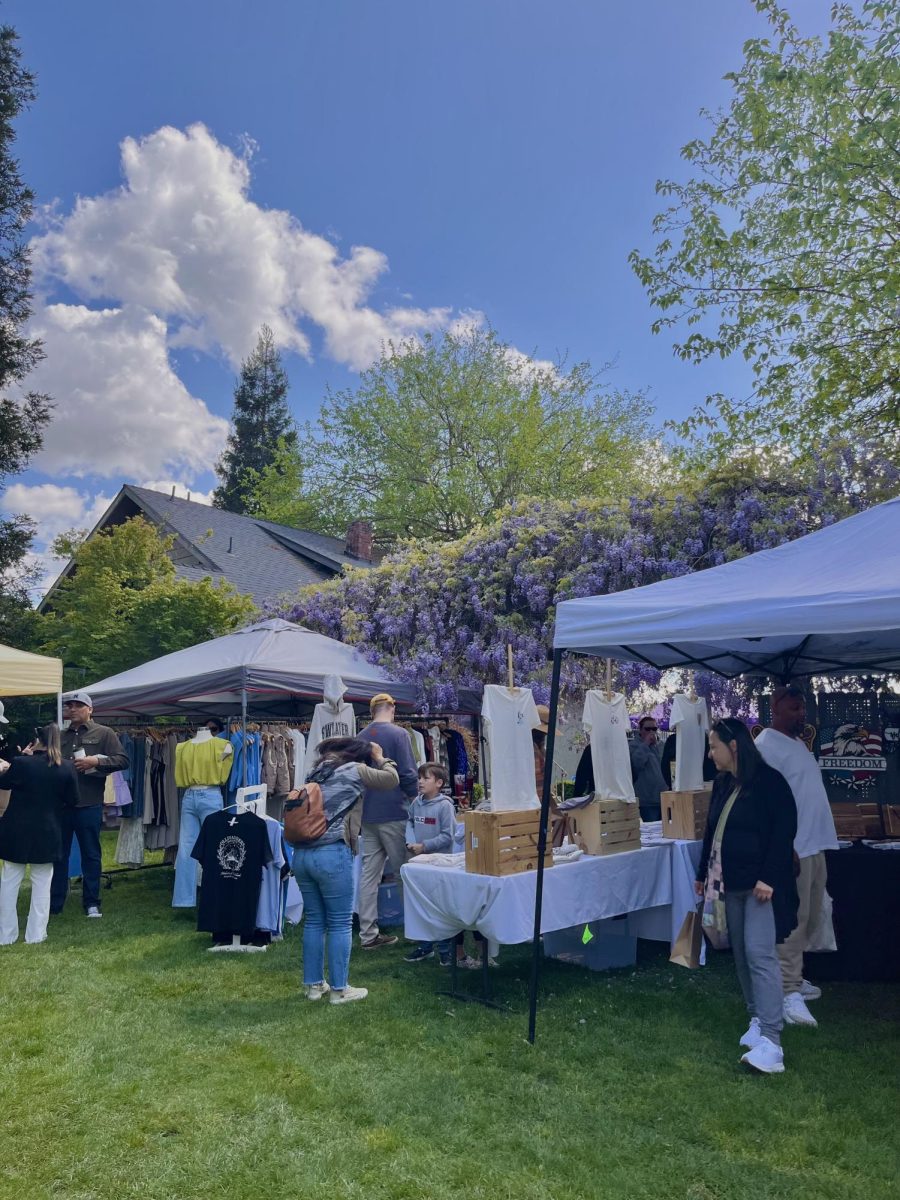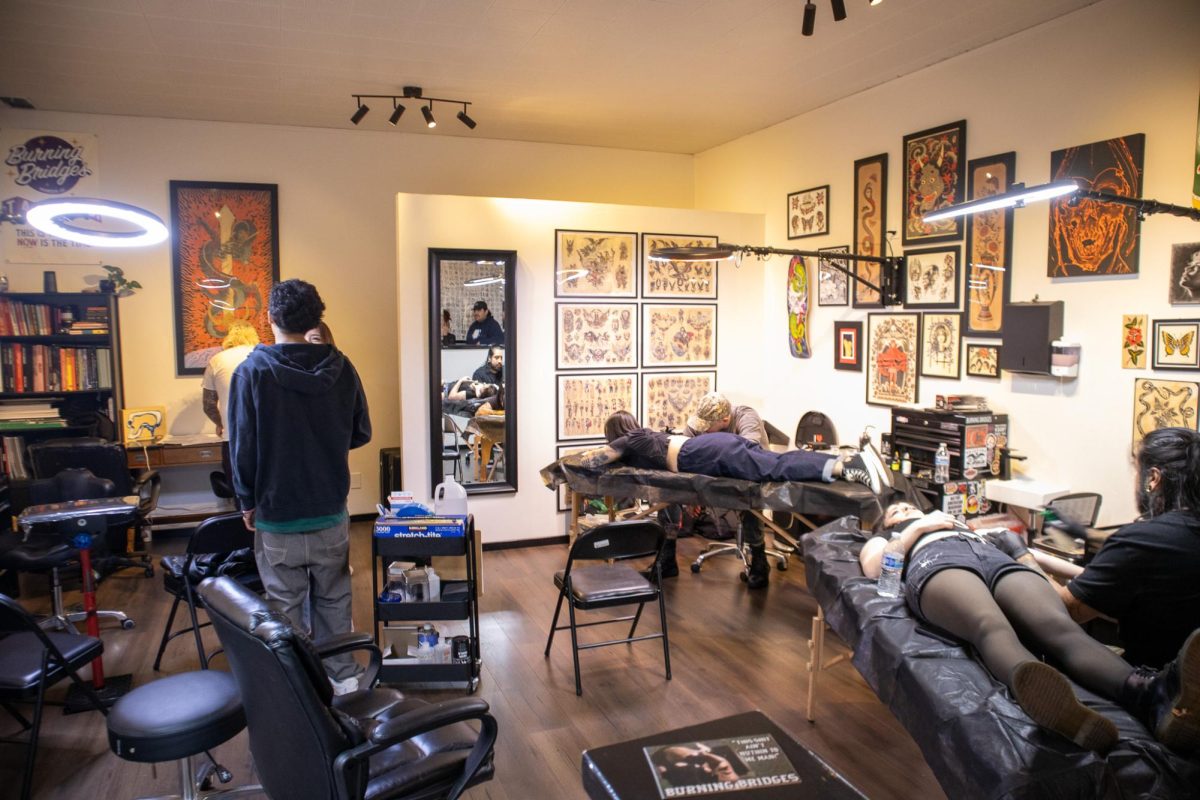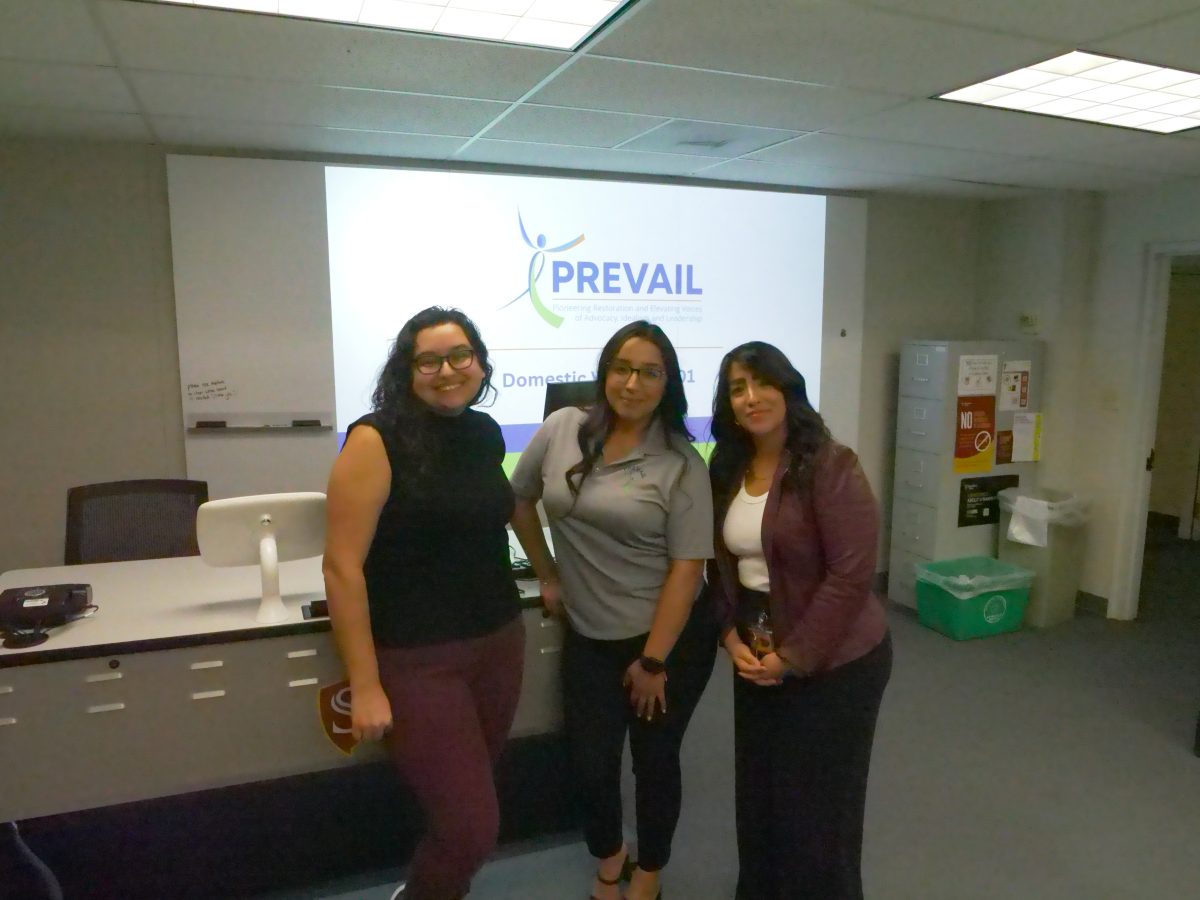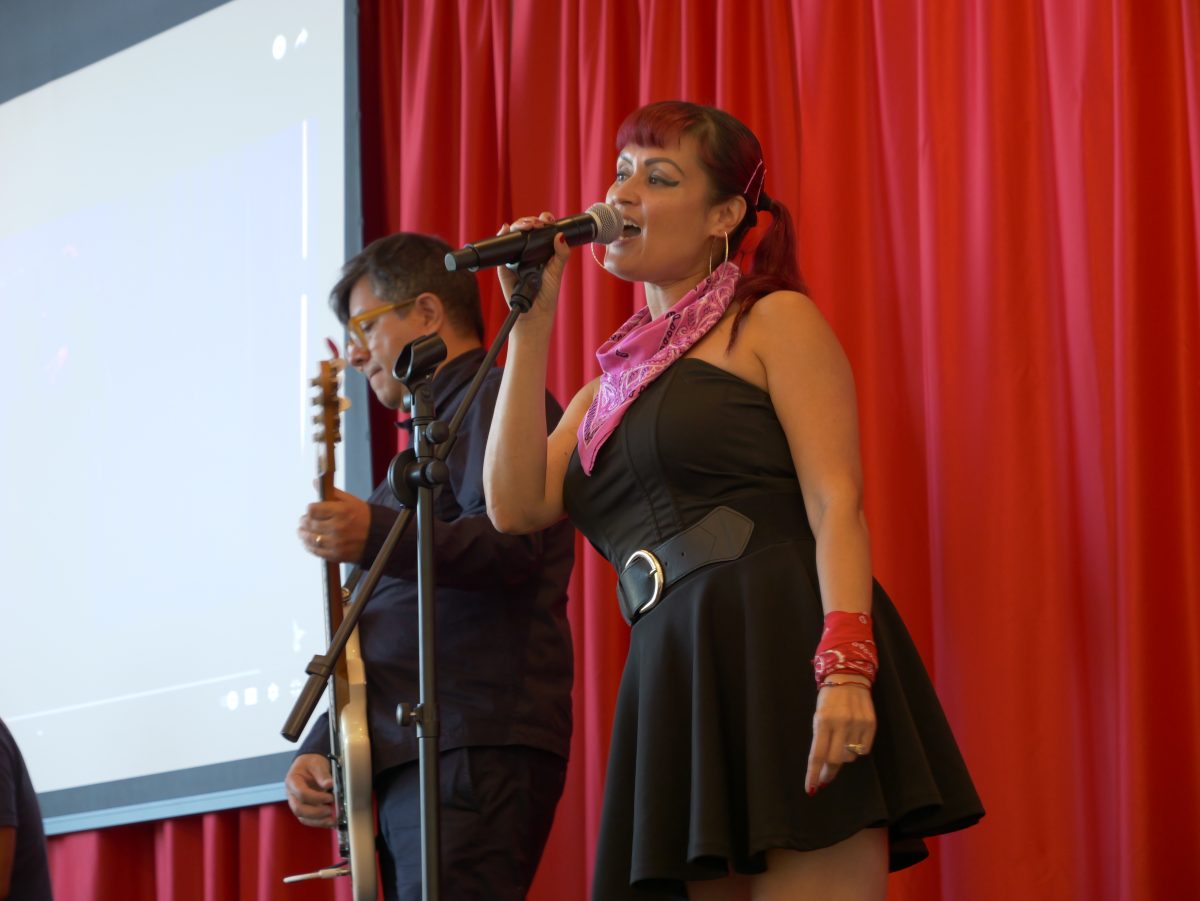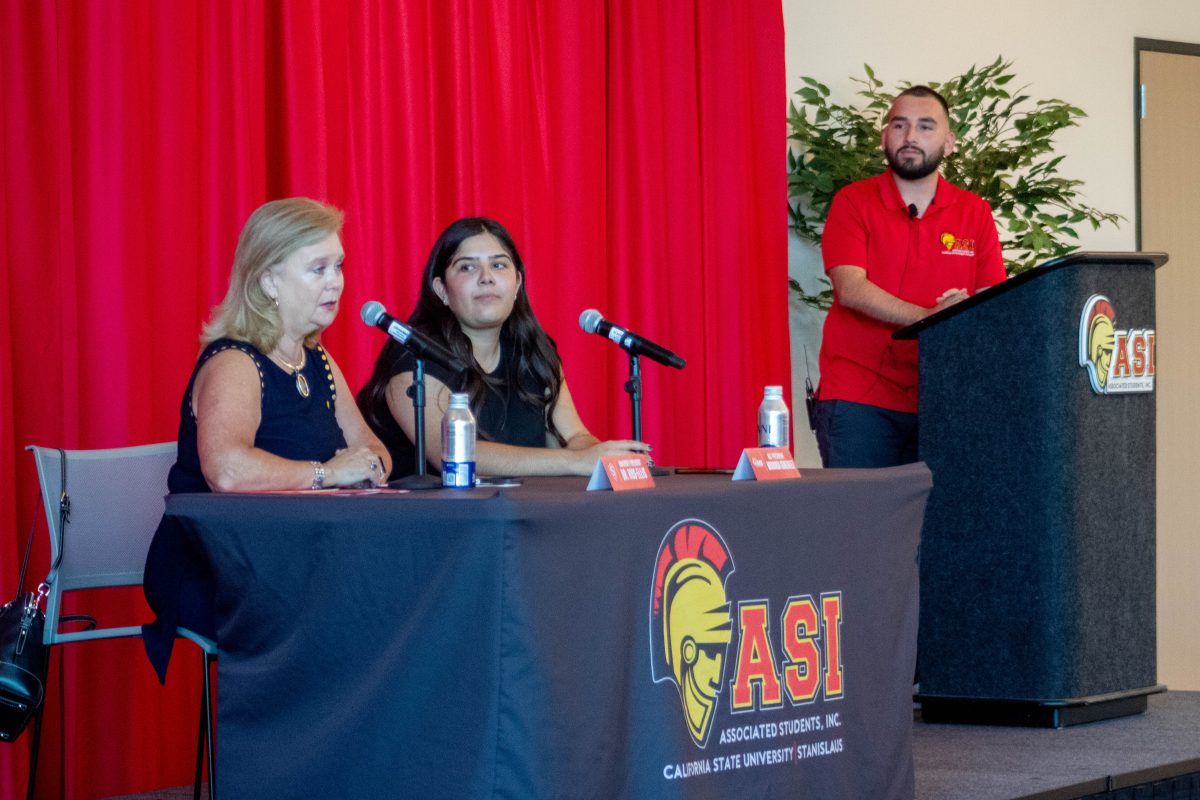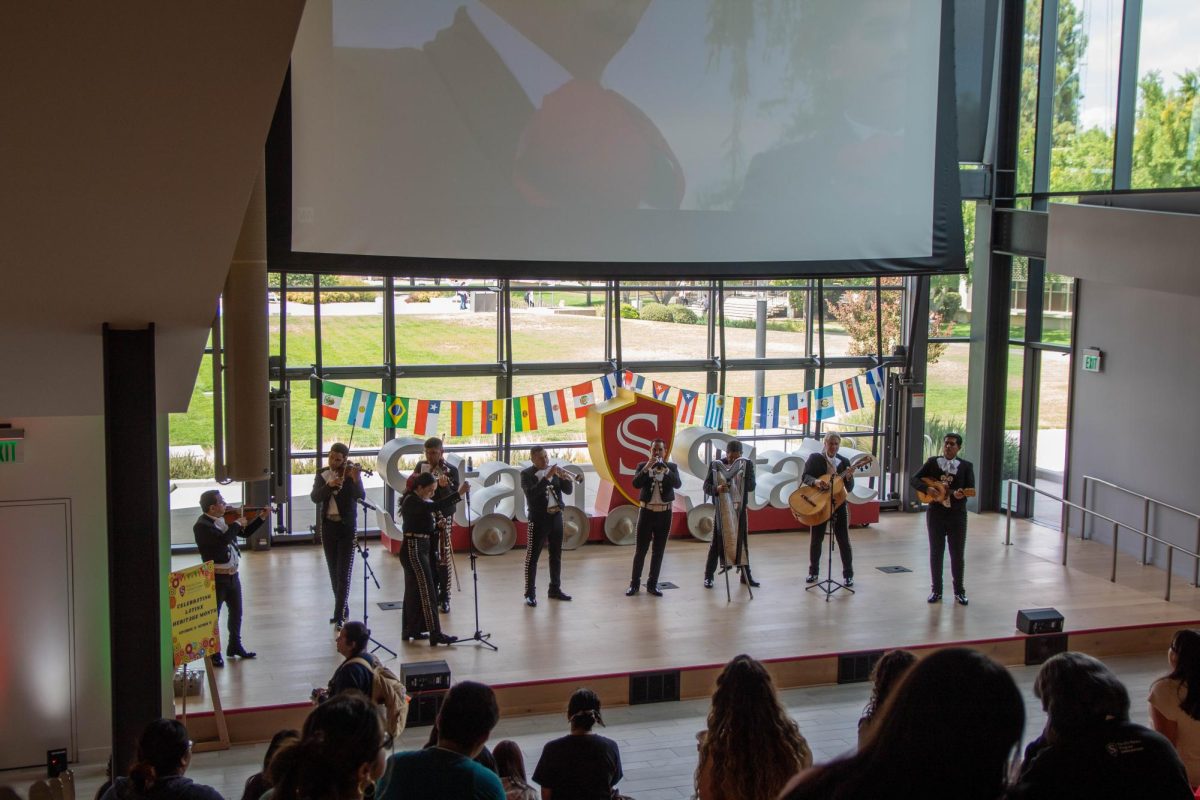Immigration is a natural part of the human experience, as it is both historical and current, both local and global. It has physical and practical motivations and impacts as much as it has emotional ramifications.
In the United States, the term is met with myriad responses, often conflicting. In light of the magnitude of the issue, it is easy for many to lose sight of individuals: Neighbors, friends, coworkers, classmates, etc.
Immigration policies may seem like distant events near borders to many people, but they are everyday lived experiences. For those living in this nation with no clear pathway to citizenship, every federal policy and promise impacts their futures. Many of these people are attending colleges and universities, including Stan State. They are known as the “Dreamers.”
Of the nearly 11.3 million undocumented individuals living in the United States, approximately 700,000 of them are students enrolled in a college or university, 10,000 in California’s Central Valley alone. Over the years, it has become apparent that “Dreamers” attending California’s higher education institutions require programs designed to support them specifically and uplift their stories.
The Dreamer Experience: The Pressures of Being Undocumented in Higher Education
Erik Ramirez, the Project Coordinator for Sacramento State’s Dreamer Resource Center (DRC), is clear about the role Deferred Action for Childhood Arrivals (DACA) has in students’ lives.
“DACA is not a permanent fix and it was never meant to be permanent,” Ramirez claims. Though a beneficial program, its very impermanence leaves students in a near constant state of stress.
Polet Hernandez, Dream Project Coordinator at Stan State, explains, “Once we [Dreamers] enter the system we can say there’s a lack of understanding of the experiences of undocumented folks.”
Undocumented or DACA-mented students have additional steps and expenses when applying to and attending college from which documented students are exempt. In California, undocumented students may be eligible to pay in-state tuition if they meet the requirements for the California Dream Act, but they cannot receive federal financial aid. If university scholarships require documentation, these students are disqualified. Additionally, the students must complete and pay for a DACA renewal every two years.
“Something we see often is that our students work one full-time job plus another part-time… The perception is that undocumented students are not doing that well in classes, but there’s things that prevent them from doing well in classes, such as working a lot or the added stresses with deportation,” Hernandez explains.
Stan State students Maria Perez Garcia (junior, Ethnic Studies) and Maria Oregel Cervantes (senior, Business Administration) are both officers in Stan’s student-led club, the Undocumented Students Organization, also known as “Us.” Garcia serves as the club’s vice president and Cervantes as its student event coordinator. Both are clear that there are challenges and pressures that afflict undocumented students specifically. Cervantes explains her experience as a DACA-mented student.
“When I qualified for DACA in 2015, there were differences between my classmates and myself. During those times my classmates assumed that once I had DACA I would be able to qualify for everything. That’s not how it works… We still don’t qualify for the same things in terms of higher education,” Cervantes says.
Garcia concurs, saying, “You start to realize that it doesn’t solve everything for you. I definitely felt different from my friends coming into college… I would try to make them understand that they were really lucky and fortunate… People think ‘Oh you have DACA, you’re fine.’ Like yes, but I’m not always going to have it as a solution.”
This pressure heightened in 2017 when the Trump administration announced a plan to dismantle the DACA program.
The 2017 Plan to Dismantle DACA and Reactions
Hernandez, a graduate student at Stan in 2017, describes experiencing a “great sense of isolation… nobody was really talking about the aspects of the emotional wellbeing of students, undocumented students, during that point of time.” To her, the threat to DACA was “terrifying,” especially as the government was (as a result of DACA) in possession of students’ and their families’ information. The potential of losing DACA also affected students academically.
“Another way that I see DACA is like a temporary loan of time,” Cervantes explains. “My train of thought was, once I get a degree, they can’t take that degree away from me. They can take away DACA, but they can’t take away my degree.”
Cervantes asserts that she felt significant pressure to take more units than other students every semester in order to earn her degree early. When DACA was on the line in 2017, her stress increased. “I didn’t know how to handle all the stress from school and from politics,” Cervantes claims.
Ramirez, like Hernandez, was a graduate student when plans to end DACA were announced. In response to the plan, Ramirez recalls, “one thing for sure was that it made me want to find that community. I need to connect with this community of undocumented folks, of Dreamers, of Allies. I felt that need much more than I ever had before… to connect with folks and find this community and uplift each other and this work. To fight back, frankly, because this is unjust.”
Even now, after the 2020 Supreme Court ruling against the Trump administration’s plan to remove DACA, being a DACA recipient does not eradicate the pressures and challenges facing undocumented students. Along with financial burdens and other physical challenges, Garcia insists that the undocumented student is always surrounded by one emotional battle, uncertainty.
“There’s still that uncertainty if we are even going to be here tomorrow. What if I’m in the wrong place at the wrong time and I get in trouble? Everyone can walk away. Everyone who’s not undocumented can walk away from this situation with a slap on the wrist., but I can’t, and that’s what’s scary,” Garcia explains.
After the Supreme Court referred to the plan to dismantle DACA as “arbitrary and capricious,” a new administration has arrived which, in appearance and in promise, has supported the DACA program and plans to “preserve and fortify protections for Dreamers.” These plans include a path to citizenship for DACA recipients.
Responses to Current Administration
In light of the more positive approach to the DACA program by the Biden-Harris administration, Hernandez claims she has witnessed an increase in DACA applicants, both soon-to-be high school graduates, and current college students. She does, however, remind us to be cognizant of the more precarious reality. The pressure against DACA has not stopped.
“Unfortunately even right now there’s another lawsuit against DACA… It’s an ongoing process… The lawsuits continue,” Hernandez says.
Garcia asserts that when she first learned of the Biden-Harris administration’s new approach to immigration policy, specifically concerning DACA, she was optimistic. “It’s making me feel positive, and it’s making me feel hopeful. And I feel like I haven’t had that hopefulness in a really long time.” Cervantes says she also experienced some hope, but adds a note of warning.
“From my perspective,” Cervantes declares, “I feel like we can’t still be comfortable, because they could possibly change, and nothing is legal yet… Our hopes are still in the air. I’m hoping that everything does go in the right direction, but for me, I feel like I need to be prepared in case it doesn’t happen.”
Ramirez echoes Cervantes’s warning. He states, “We cannot sit back now that we have a president that is immigrant-friendly. In fact, this is the time when we have to work even harder because we have an opportunity to really impact change, long-lasting change. I think that’s critically important. That we remember the fight’s not over, and it’s not over by a long shot. It’s important we not rest on our laurels.”
Their concerns are shared by many immigration reform advocates. Biden’s decision to reopen a Trump-era migrant influx shelter for unaccompanied, undocumented minors in Carrizo Springs, Texas has been met with significant backlash.
How does advocacy begin?
Carolina Alfaro, Director of Stan’s Warrior Cross Cultural Center (WCCC), points to on-campus departments such as Stan’s WCCC and Undocumented Student Services. She states that in her work with the community of undocumented students, “it has been an eye-opener for me to see how much more work we still have to really support the students.”
In working with Hernandez and the Undocumented Student Services department, Alfaro explains students are learning ways to “advocate for themselves, on campus and when they graduate.”
While students may advocate for themselves, it is important for those who consider themselves UndocuAllies to be aware of ways they may advocate for “Dreamers.”
Advice for Advocates
According to Ramirez, the most important step an UndocuAlly can take is informing themselves. Sacramento State’s DRC offers a variety of resources and events to engage the community in the movement to support undocumented students and the undocumented population as a whole.
For students of Sac State, there is a Dreamer Experience Seminar in which every student will be assigned a Dream Leader, a peer mentor that “[provides] the student guidance, checks in with them, sees how they’re doing, answers any questions they might have,” Ramirez says.
For the community at large (Sacramento and beyond), the DRC is holding an UndocuWisdom Workshop series. The workshops take place once a month and address issues such as immigration policies, how to pay for college as an undocumented student, knowing your rights when encountering Immigration and Customs Enforcement (ICE), and immigration reliefs aside from DACA. The first meeting took place on February 17, but a recorded version is available for viewing. For more information about the series and how to sign up, please visit the DRC’s Instagram page @sacstatedrc.
Once informed, Ramirez claims the next important step for Allies is to “do something with that information once you have it.” Share information and resources to students, educators, and community members. Reach out to your elected officials.
Garcia adds, “If you are not undocumented, that doesn’t mean that you can’t get informed to help the people you might know who are undocumented.” This help is two-fold: outlining and providing resources to undocumented students and acknowledging their experiences.
Both Garcia and Cervantes believe that higher education institutions, including Stan State, must be more informed about the experiences of undocumented students. While the Undocumented Student Services department has significantly benefitted students, departments like Admissions and Enrollment should be prepared to point students to resources such as the Dream Loan.
Garcia states, “We as undocumented students have to reach out to them in order to find more resources,” and Cervantes adds, “there are small details, small resources that are not well communicated to DACA-mented students.”
Beyond Admissions and Enrollment, every student, every campus employee, and every person in Stan’s surrounding community can support “Dreamers” simply by seeking to understand their experiences.
Garcia states that seeking knowledge is “good to help others… It doesn’t matter if you’re not in that situation, just being able to understand and to acknowledge the struggles, that’s enough to help.” Hernandez expands, “Just be there. Be there as a support system.”
Resources at Stan State
-
Undocumented Student Services department
Addressing the emotional and mental stress placed on students, the Undocumented Student Services department has created multiple programs, including the Collective Healing Circle and the UndocuBook Club.
The Collective Healing Circle was formed “to target and start the conversation around the issues that we experience as undocumented folks that we hardly ever talk about,” according to Hernandez. In meetings, students and other members of the community can practice meditation, engage in conversation, and work through art projects.
The UndocuBook Club is likewise open to the public. Currently, the club is reading through Jose Antonio Vargas’s autobiography, Dear America: Notes of an Undocumented Citizen.
On March 12, 2021, the Undocumented Student Services department is holding an UndocuAlly training from 9:00 a.m to 3:00 p.m. The first hour will be dedicated to training educators while the rest of the session targets the public.
There are also several Undocu-friendly scholarships offered to students.
-
WCCC and partner organizations in Turlock
-
Faith in the Valley
-
Immigrant Legal Resource Center (ILRC)
-
Coalition for Humane Immigrant Rights (CHIRLA)
-
United We Dream
-
Turlock BLM
-
El Concilio
-
Undocumented Students Organization (Us)
Through the funding of previous officers, the Us has been able to create a scholarship designed specifically for undocumented students, La Mariposa Scholarship: De Aquí y De Allá.
Any undocumented student at Stan in need of financial assistance for tuition or related expenses may apply for La Mariposa Scholarship. The deadline to apply is March 12, 2021. For more information, check out the Us’s Instagram page @uso_csus.


